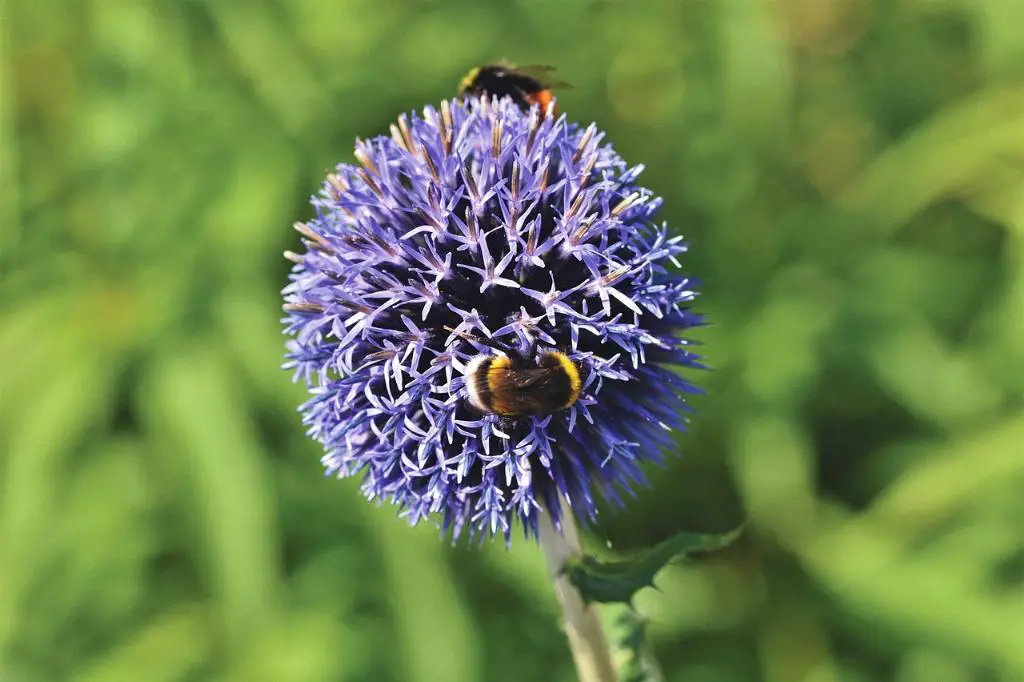If you are looking to add a touch of elegance and color to your garden, growing allium plants can be a fantastic choice. Not only are these plants visually stunning, but they also offer a range of benefits that make them a valuable addition to any garden. In this comprehensive guide, we will explore the steps to successfully grow allium plants and provide you with expert tips to ensure your garden flourishes with these beautiful blooms.
Choosing the Right Allium Varieties
When considering growing allium plants, it’s essential to choose the right varieties to suit your garden. Alliums can be categorized into ornamental and edible types, each offering unique qualities and characteristics. Ornamental alliums are prized for their striking appearance and are perfect for adding a pop of color to flower beds. On the other hand, edible alliums, such as onions and garlic, not only offer culinary benefits but also bloom with charming flowers.
Preparing the Soil for Allium Plants
Creating the ideal environment for allium plants begins with preparing the soil. Alliums thrive in well-draining soil that receives ample sunlight. Before planting, ensure the soil is of high quality, and amend it with organic matter if necessary. Alliums also require moderate watering and benefit from a balanced fertilizer to promote healthy growth.
Planting Allium Bulbs
When planting allium bulbs, timing is crucial. The best time to plant these bulbs is in the fall, before the ground freezes. Ensure to space the bulbs adequately, typically 6-8 inches apart, and plant them at a depth of about 4-8 inches with the pointed end facing upwards. Once planted, water the bulbs thoroughly and wait patiently for the arrival of spring.
Caring for Allium Plants
To ensure your allium plants thrive, consistent care is key. Developing a regular watering schedule, mulching to retain moisture, and monitoring for pests and diseases are essential tasks. Additionally, refrain from cutting off the foliage after the alliums have bloomed, as this foliage provides important nutrients for the bulbs to grow and multiply.
Harvesting and Storage
Knowing when and how to harvest allium bulbs is essential for reaping the rewards of your hard work. Once the plants have bloomed and the foliage begins to yellow and wither, it is time to harvest the bulbs. Handle the bulbs gently, dry them thoroughly, and store them in a cool, dry place for future use or replanting.
Troubleshooting Common Issues
While allium plants are relatively easy to grow, they may encounter common issues such as pests, diseases, and nutrient deficiencies. Addressing these problems promptly by implementing proper pest control measures, disease management techniques, and adjusting nutrient levels will help keep your allium plants healthy and vibrant.
Conclusion
Successfully growing allium plants can be a rewarding experience that adds beauty and functionality to your garden. By choosing the right varieties, preparing the soil correctly, planting the bulbs with care, and providing consistent care and maintenance, you can enjoy a garden filled with the stunning blooms of allium plants. Follow the tips outlined in this guide, and watch your garden flourish with these magnificent flowers.

